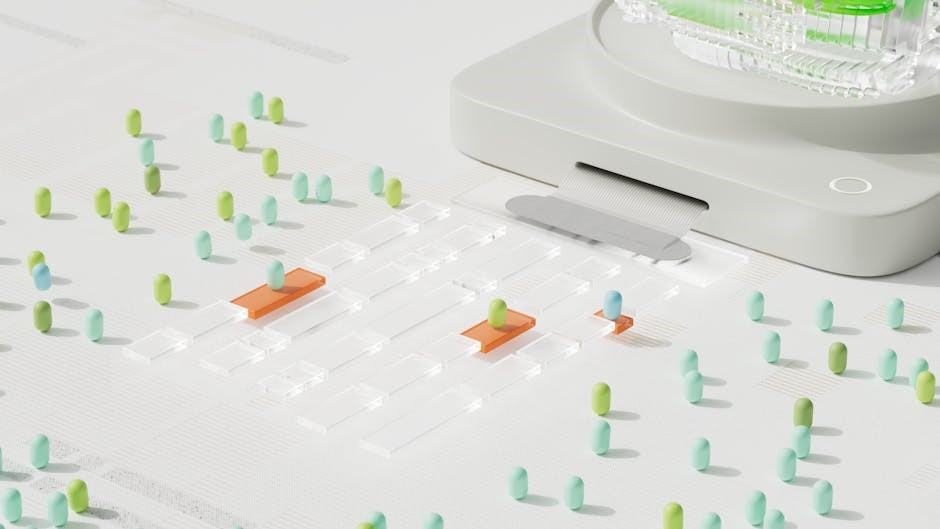Definition and Purpose of Alignment
The definition of alignment refers to the process of positioning or adjusting something to ensure it is properly aligned with other components or systems. In the context of an alignment guide, this definition is crucial as it lays the foundation for understanding the purpose and significance of alignment. The purpose of alignment is to ensure that all components or systems are working together in harmony, which is essential for optimal performance and efficiency. This is achieved by identifying and addressing any misalignments or discrepancies that may exist. By doing so, alignment helps to reduce errors, improve productivity, and increase overall quality. In various fields, including industry and technology, alignment plays a critical role in ensuring the smooth operation of complex systems and processes. The alignment guide provides a comprehensive overview of the definition and purpose of alignment, including its importance and benefits. It also explains the different types of alignment and how they are used in various contexts. Furthermore, the guide discusses the role of alignment in maintaining consistency and coherence, and how it can be used to improve overall performance and achieve desired outcomes. Additionally, the guide highlights the importance of alignment in ensuring safety and reducing risks. Overall, the definition and purpose of alignment are essential concepts that underpin the alignment guide.
Types of Alignment Methods
There are several types of alignment methods, including vertical and horizontal alignment, which focus on company hierarchy and departmental goals, respectively. Other types of alignment methods include customer alignment, strategic alignment, and incentive alignment. These methods are used to ensure that all components or systems are working together in harmony. The alignment guide provides an overview of these methods, including their characteristics and applications. In addition to these methods, there are also other types of alignment, such as functional alignment, which focuses on the functions and processes within an organization. The guide also discusses the importance of alignment in maintaining consistency and coherence, and how it can be used to improve overall performance and achieve desired outcomes. Furthermore, the guide explains how different types of alignment methods can be used in various contexts, including industry and technology. The types of alignment methods are essential concepts that are used to ensure optimal performance and efficiency. By understanding these methods, individuals and organizations can make informed decisions about which type of alignment to use in different situations. The alignment guide provides a comprehensive overview of the different types of alignment methods, including their benefits and limitations.

Shaft Alignment Techniques

Shaft alignment techniques involve precise measurement and adjustment, using tools like calipers and dial indicators, to ensure proper alignment and minimize errors, with
proper training and expertise required for optimal results always.
Traditional and Modern Tools for Shaft Alignment
Traditional tools for shaft alignment include calipers, dial indicators, and straightedges, which have been used for many years to ensure proper alignment. These tools are still widely used today, particularly in situations where high precision is not required. However, with the advent of modern technology, new tools have been developed to make the shaft alignment process more efficient and accurate.
Modern tools for shaft alignment include laser alignment systems, which use lasers to measure the alignment of shafts and provide precise readings. These systems are highly accurate and can detect even small misalignments, making them ideal for use in industries where high precision is critical.
In addition to laser alignment systems, other modern tools for shaft alignment include digital dial indicators and computerized alignment systems. These tools provide fast and accurate measurements, and can be used to align shafts in a variety of applications, from simple pumps and motors to complex machinery and equipment.
Overall, the choice of tool for shaft alignment will depend on the specific requirements of the application, including the level of precision required and the type of equipment being aligned. By selecting the right tool for the job, technicians can ensure that shafts are properly aligned, which can help to improve equipment performance, reduce maintenance costs, and increase overall efficiency.
Measurement-Related Tools for Alignment
Measurement-related tools for alignment are crucial in ensuring the accuracy and precision of the alignment process. These tools include sensors, transducers, and other devices that measure various parameters such as distance, angle, and position.
Some common measurement-related tools used in alignment include optical sensors, laser scanners, and inclinometers. These tools provide precise measurements of the position and orientation of components, allowing technicians to make adjustments and ensure proper alignment.
In addition to these tools, software-based measurement systems are also used in alignment. These systems use algorithms and mathematical models to analyze data from sensors and other measurement devices, providing detailed reports and recommendations for alignment adjustments.
Measurement-related tools for alignment are used in a variety of applications, including industrial machinery, aerospace, and automotive manufacturing. By using these tools, technicians can ensure that components are properly aligned, which can help to improve performance, reduce wear and tear, and increase overall efficiency.
Overall, measurement-related tools for alignment play a critical role in ensuring the accuracy and precision of the alignment process, and are an essential part of any alignment guide or procedure. They help technicians to make informed decisions and ensure that components are properly aligned.

Alignment Plan and Procedure
Basic Philosophy of Alignment Procedure
The basic philosophy of alignment procedure is to ensure that all components are properly aligned to achieve optimal performance and efficiency. This involves a thorough understanding of the system and its requirements, as well as the use of proper tools and techniques.
By following a well-planned procedure, users can minimize errors and ensure that the alignment process is completed quickly and accurately. The procedure should be based on a clear understanding of the principles of alignment and should take into account the specific needs of the system being aligned.
Overall, the basic philosophy of alignment procedure is to provide a clear and comprehensive guide for achieving proper alignment, and to ensure that the process is completed efficiently and effectively. This requires a combination of technical knowledge, attention to detail, and a well-planned approach.
The alignment procedure should be flexible enough to accommodate different types of systems and applications, and should be regularly reviewed and updated to ensure that it remains relevant and effective. By following a well-planned alignment procedure, users can help to ensure that their systems are properly aligned and functioning at optimal levels.
Iterative Alignment Process
The iterative alignment process involves a series of steps that are repeated until the desired level of alignment is achieved. This process is often used in complex systems where a single alignment procedure may not be sufficient.
The measurements are used to determine the extent of any misalignment, and the adjustments are made to bring the system into alignment. This process is repeated until the desired level of alignment is achieved.
The iterative alignment process can be time-consuming, but it is often necessary to ensure that the system is properly aligned. The use of specialized tools and software can help to streamline the process and reduce the time required.

By using an iterative approach, users can ensure that their systems are properly aligned and functioning at optimal levels. The process can be applied to a wide range of systems, from simple mechanical systems to complex optical systems. The key to a successful iterative alignment process is patience and attention to detail.
